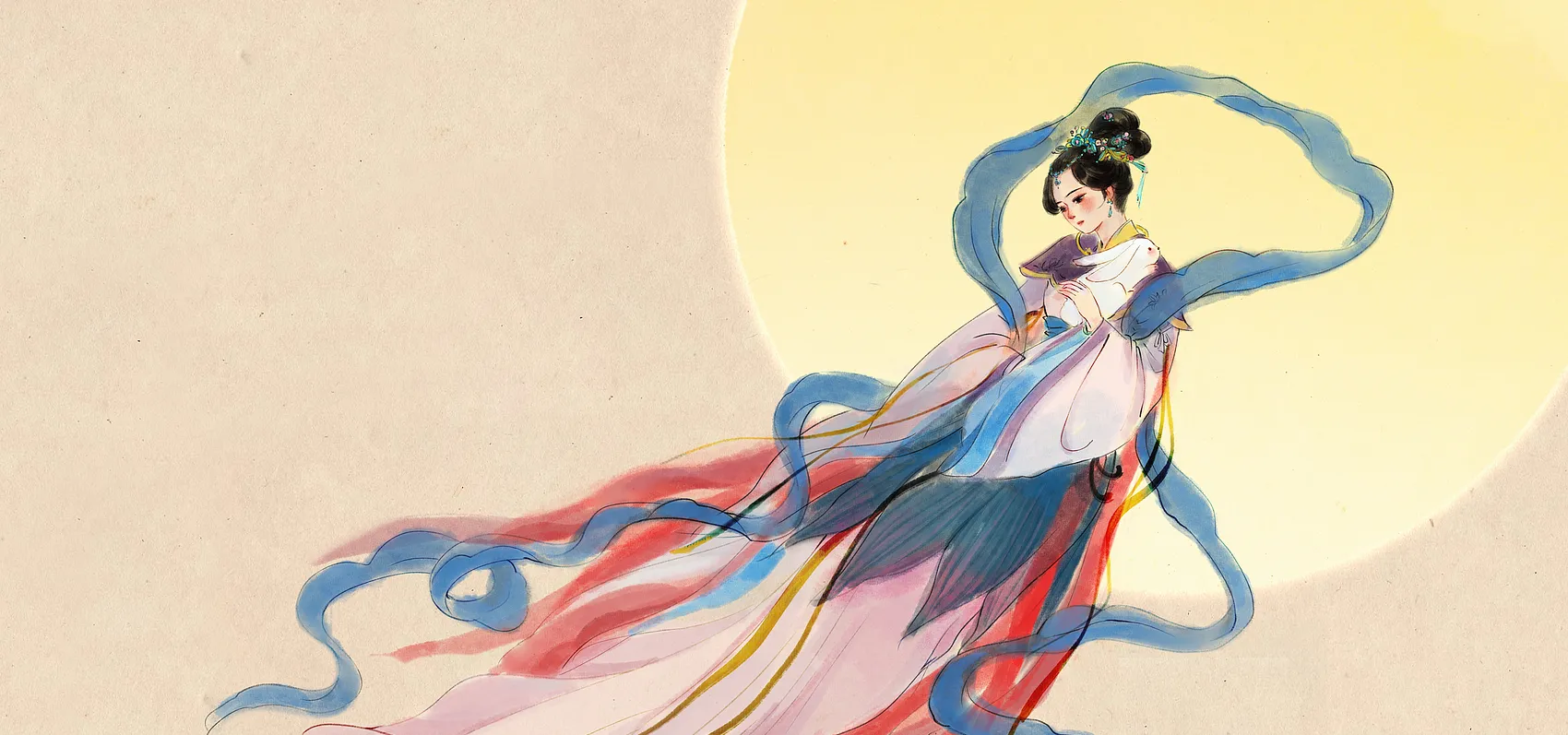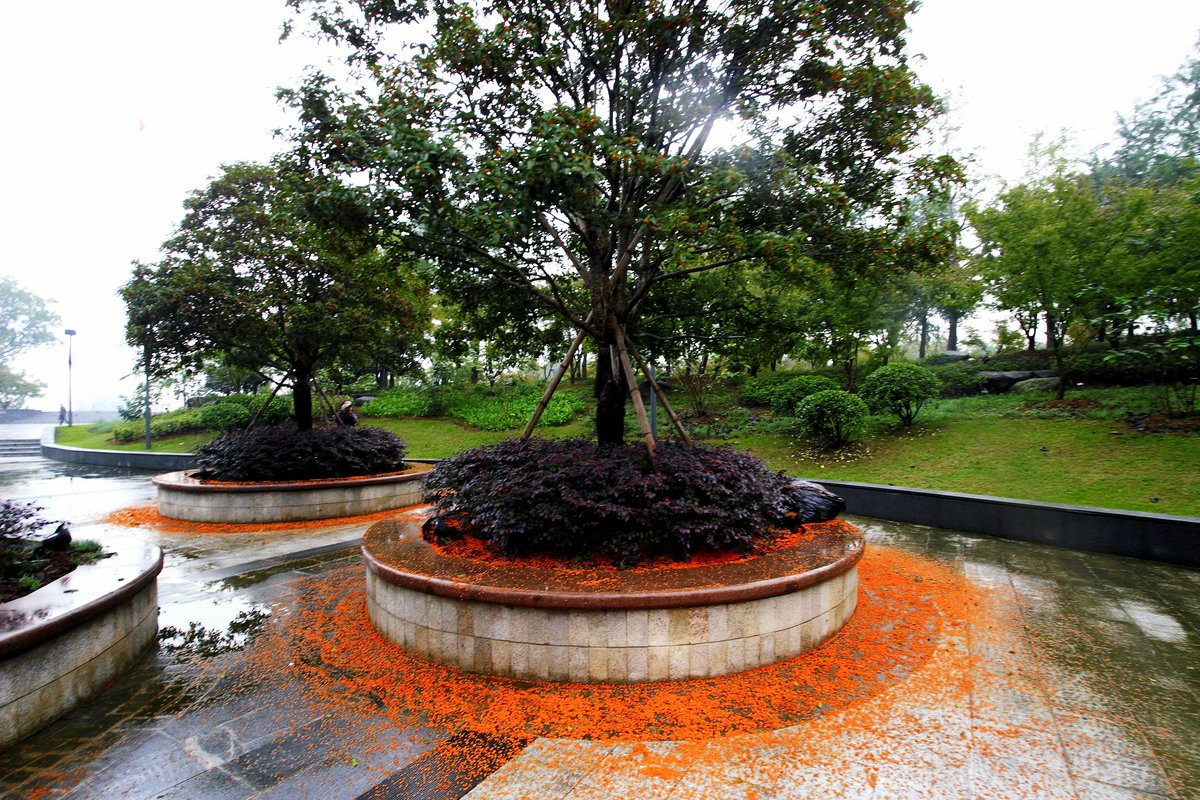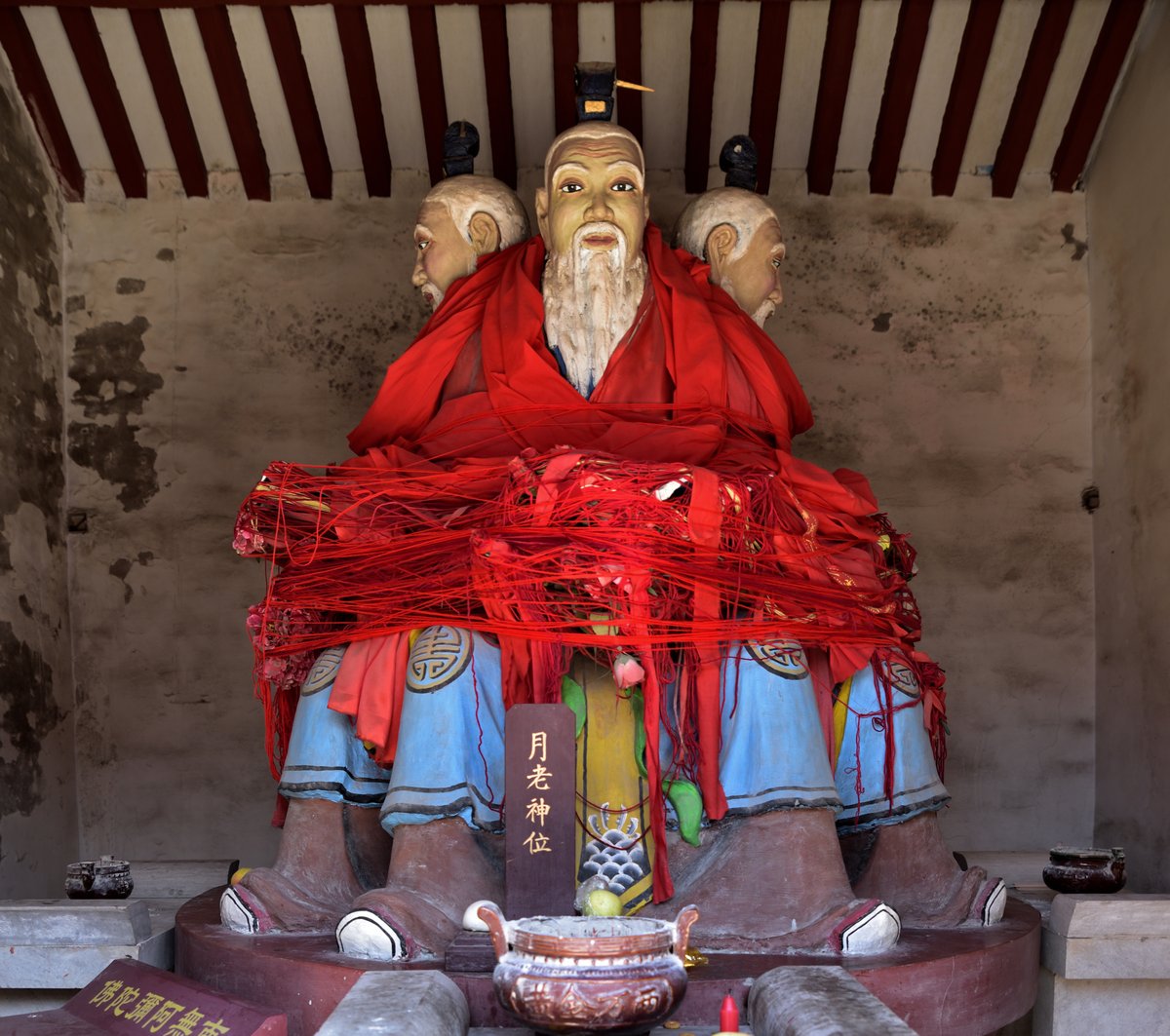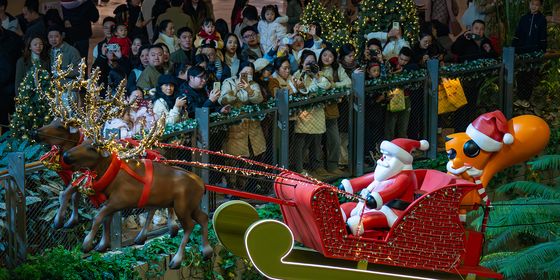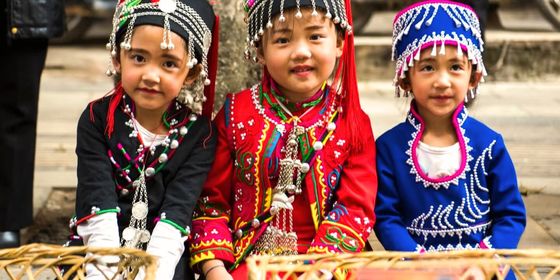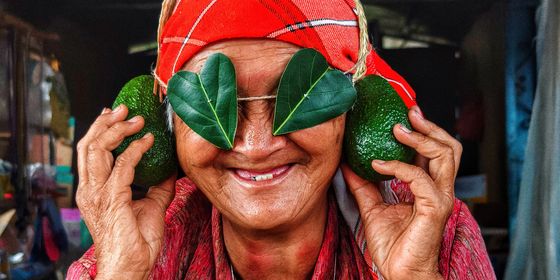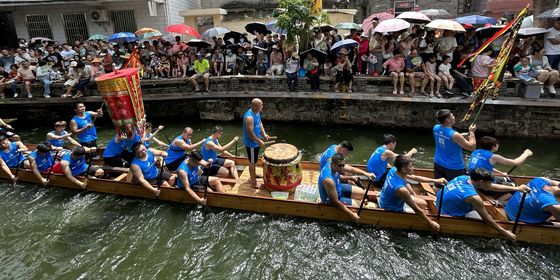Mid-Autumn Festival isn’t only about mooncakes and lanterns
There will be mooncakes aplenty today as Chinese people celebrate the Mid-Autumn Festival (中秋节) with a public holiday and a versatile snack. The festival falls on the 15th day of the eighth lunar month, when a full moon fills the sky and harvest time is in full flow in the villages.
The first known mention of the 中秋 appears in the Rites of Zhou (《周礼》), a work on the politics and culture of the Western Zhou dynasty (1046 – 771 BCE), while records in the Book of Tang (《唐书》) suggest celebrations date from the Tang dynasty (618 – 907). Nowadays, eating mooncakes and appreciating the largest moon of the year are the most common ways people enjoy the festival, but there are many other lesser-known celebration rituals associated with the festival, some of which date back hundreds of years. Here are some alternative ways people celebrate Mid-Autumn Festival all around China:
Admire osmanthus flowers in the southeast
Osmanthus flowers are typically in bloom in southeast China during September, and people there often drink osmanthus wine and eat mooncakes infused with the flowers. Some folk beliefs attribute the flowers’ blooming to the goddess Chang’e, who, according to Chinese mythology, took an elixir of eternal life and now lives on the moon along with a Jade Rabbit and an osmanthus tree. Chang’e apparently sends fresh osmanthus flowers down to earth during Mid-Autumn Festival as tokens of good luck. In Hangzhou, Zhejiang province, one can experience “osmanthus rain” as thousands of osmanthus trees bloom around Lingyin Temple at this time of year.
September in the southeast normally means mornings and evenings are cool, while the days are still humid: this weather is nicknamed “osmanthus steam (桂花蒸).” Dishes made with this flower are also common at this time of year, from osmanthus lotus root stuffed with sticky rice in Suzhou, Jiangsu province, to smoked fish with osmanthus in Shanghai and tender duck marinated with wine, star anise, peppers, and osmanthus in Jiangsu’s capital city Nanjing.
Surf a giant river bore
The moon’s gravitational power during the Mid-Autumn Festival usually leads to a massive tidal bore on the Qiantang River in Hangzhou, and births what might just be the oldest surfing festival in the world.
The tidal bore at Qiantang is considered the largest in the world—the difference between high and low tides can reach 10 meters. Though it occurs every month, it is normally at its largest on the Mid-Autumn Day when the sun, moon, and earth line up for maximum gravitational force. The event has attracted crowds since as early as the seventh century, and there’s evidence of people riding the waves as far back as the Song dynasty (960 – 1279).
Song dynasty poet Su Dongpo (also known as Su Shi, 苏轼) described the noise of the wave as like “ten thousand people beating drums” in his poem “Watching the Tides on the 15th Day of the Eighth Lunar Month (《八月十五日看潮五绝》)” from 1072.
Look for love
The festival is also a time for finding a date. In Chinese folklore, the god of matchmaking, Yue Lao (月老), takes the form of an old man who appears under moonlight holding a Book of Marriage and lengths of red thread which he uses to unite couples under the moon.
One curious tradition, known as “Stealing Moon Vegetables (偷月亮菜),” of the Dong ethnic group in Hunan province involves women sneaking into the garden of their crush at night to pick vegetables. According to Dong folklore, during the Mid-Autumn Festival, magical fairies from the moon come to earth with red threads representing relationships and sprinkle vegetables with sweet dew.
As the women pick vegetables (beanstalks growing in pairs are the most sought-after since they are considered a symbol of loving couples) in their fancies’ gardens, they call out, “I’ve picked your vegetables. Why don’t you come to my place for some oil tea [a tea soup served with fried fish, pickled vegetables, and nuts]?” If the man and his family agree to meet up, it could be the start of a relationship.
Play games with children
The festival is also a playful time for children. While setting off lanterns into the sky or floating them on bodies of water are common ways to celebrate the Mid-Autumn Festival across the country, in Guangzhou, Guangdong province, children often learn to make lanterns from various fruits such as star fruit and papaya. The simplest is the grapefruit lantern: Scoop out (and eat) the grapefruit flesh, place a candle inside, and attach a handle. Even if they don’t use the actual plants, many families craft lanterns out of bamboo in the shape of fruits, birds, fish, and other animals.
In Hainan province, children search for the shadow of the moon fairy. They place bowls of water under banana trees, then observe the moonlight drifting through the gaps in the leaves, and wait for the shape of the fairy to appear in the water. In another game, children try to make a needle float on the water’s surface. Whoever makes the needle float will be blessed by the moon fairy with nimble hands to create their own destiny.





